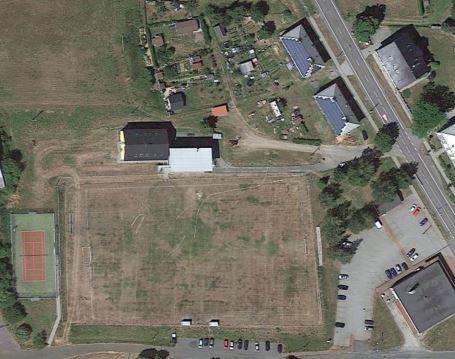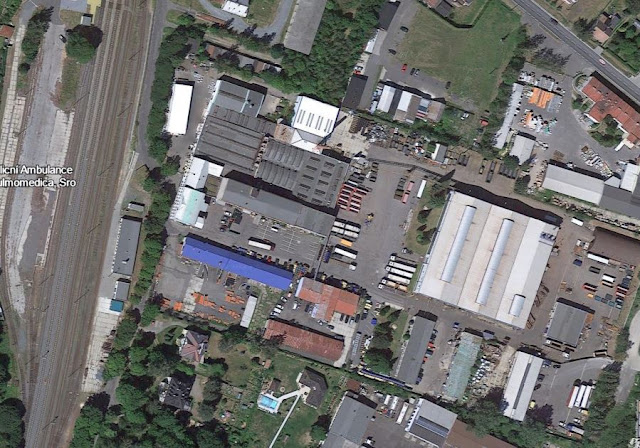Sosnitz

(Above: The area around Sosnica mine. There is no remaining trace of the former sub-camp) Sosnitz subcamp was located in a former Polish army camp near Sosnica mine. The aim was to provide temporary accommodation for prisoners, a work party or ‘Aussenkommando’, engaged in demolishing the Polish army camp to provide materials for the construction of the main Auschwitz camp. Around 30 prisoners were involved, the Kommando being commanded by SS-Oberscharführer Franz Hössler. One prisoner record recalls that the prisoners lived in a flooded bunker. After the demolition of the army camp was completed, the subcamp was closed down (August 1940) and the prisoners returned to Auschwitz main camp. Not much else is known about Sosnitz.

